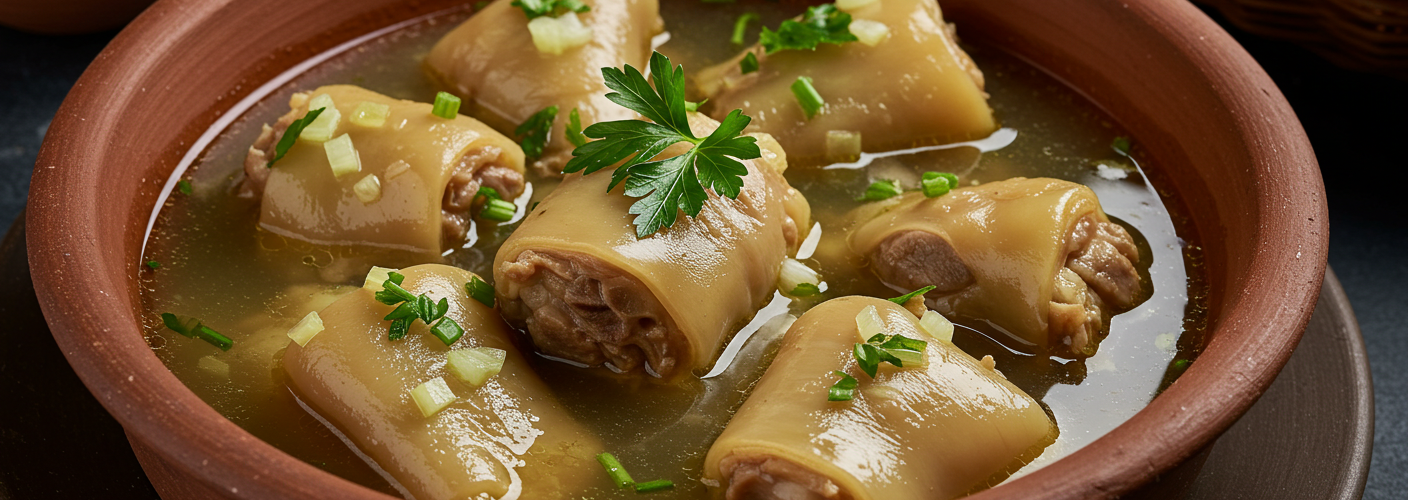Khash, a traditional dish originating from various regions in the Caucasus, the Middle East, and parts of Central Asia, stands out as a uniquely rich and flavorful delicacy. Primarily made from boiled cow hooves, this dish carries centuries of history and tradition, making it not just a meal but an experience steeped in cultural significance.
What is Khash?
At its core, Khash consists of cow hooves that are boiled for several hours, resulting in a gelatinous broth that is both nourishing and comforting. Typically served during the colder months, Khash is appreciated for its warming properties. The preparation involves a rigorous three to six-hour boiling process, where the collagen in the bones breaks down, yielding rich, hearty flavors. The dish is often seasoned with garlic and accompanied by a variety of sides, including bread, herbs, and pickled vegetables.
In various cultures, the preparation and consumption of Khash can also vary. In Armenia, for example, Khash is frequently enjoyed with a glass of vodka, enhancing its rich flavors. In Georgia, it may be served with cornbread and a side of garlic-infused herbs. Regardless of the variations, the essence of Khash remains the same: a communal dish meant to be shared and celebrated.
The Ritual of Eating Khash
The dining experience of Khash is as important as the dish itself. Traditionally, it is a communal meal that gathers family and friends around the table. It is often prepared for special occasions, particularly during the winter months, when the hearty nature of Khash is most appreciated. The process of boiling the hooves can take hours, which allows families to spend time together while the dish is cooking, creating moments of connection and laughter.
Once ready, Khash is typically presented in a large pot where diners serve themselves. The act of serving, whether ladling the gelatinous broth or selecting tender pieces of hoof, fosters interaction among those sharing the meal. Topping the Khash with freshly chopped garlic and enjoying it with local spirits adds to the both the flavor and the sense of community that this dish promotes.
Nutritional Benefits of Khash
Beyond its cultural significance and communal aspect, Khash offers various nutritional benefits. The slow-cooked bones release collagen and gelatin, known for promoting joint health and skin elasticity. Additionally, the rich broth can be an excellent source of nutrients, including minerals that support overall health. Although boisterously rich, Khash is often considered wholesome and hearty, making it a point of pride for those who prepare and consume it.
Conclusion
Khash is more than just a dish—it’s a celebration of culture and community. Its preparation and consumption are enveloped in traditions that vary from region to region, with each adding a unique touch to this timeless meal. For anyone interested in exploring the depths of culinary traditions, Khash provides an inviting journey into the heart of communal dining, nourishing bodies and souls alike. Whether enjoyed at a family gathering or a festive celebration, Khash has carved out its place as a cherished dish that transcends generations.




Add comment